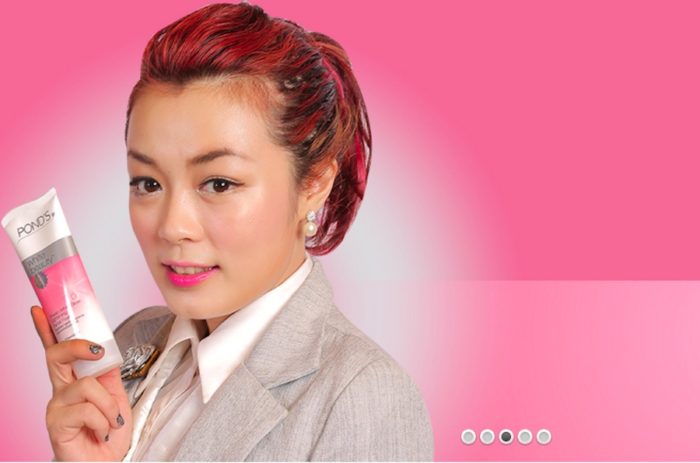
A month or so before I left Burma, which was almost seven years ago today, I remember being told by an international student counselor that I should heed my safety in the U.S. by not going to black neighborhoods. She wasn’t badmouthing black people, she explained, but “their neighborhoods” did tend to have higher crime rates.
When I was still in my hometown of Yangon (formerly the capitol of Burma), almost every product on cosmetic aisle skincare shelves had some kind of “whitening” label.
I didn’t connect the counselor’s warning about black people and the whitening cosmetics until several years later, while reading over and over again in the news about murders of African Americans by police officers all over the U.S., most recently Philando Castile and Alton Sterling.
And before I came to the U.S., I thought anti-black racism was a U.S. problem. It’s easy to believe this when the black population in Burma is virtually non-existent. But then I remembered some of my relatives and friends half-jokingly telling me not to bring home a black person as a romantic partner. It wasn’t too far off from the light comedic tone taken in this violently anti-black laundry detergent commercial from China:
Moments like these are an important reminder of what colonialism has taught people worldwide: whiteness is an utmost virtue symbolizing morality and status. As much as our diaspora communities have been divided by colonialism, we’re increasingly connected through the shared experience of white supremacy through globalization.
Racism and its oppression — the legacy of colonialism and transatlantic slavery — also runs through globalization’s channels through capitalist product ads, the lack of color in Hollywood movies and entertainment, and colorism: the notion that lighter skin is better than darker skin.
In resistance of white supremacy, Black Lives Matter activists have turned the long-standing struggle of black people into a world political movement demanding racial justice, reaching far beyond U.S. borders through international solidarity campaigns like #Palestine2Ferguson.
But activism can also further divide a diaspora community. As a recent example, Peter Liang’s shooting of Akai Gurley elicited polarized reactions between Asian American and Chinese communities in the country: protesters on Liang’s side said he was scapegoated while other Asian American groups refocused the narrative on police brutality and how police need to be held accountable no matter who did the killing.
Solidarity among communities of color means understanding that the roots of racist oppression lie in anti-blackness: the most abhorred side of colorism’s spectrum. If one’s idea of racial justice only concerns the group that one directly identifies with, that is short-sighted activism at best, and perpetuating white supremacy at worst.
We can’t underestimate the power of white supremacy. It still wants to divide and conquer the people of different race and ethnicities, but it is also threatened by the interdependence and solidarity among communities of color. This begins with the recognition of interconnectedness among diverse causes of African Americans, Latinos, Native Americans, Asian Americans and Palestinians.
In living with the truth of why we need to actively dismantle white supremacy, no group’s cause should exist in isolation. If it does, that kind of self-centeredness in fighting racism carries us only as far as a hamster wheel inside a cage: a self-defeating act that gets us nowhere near liberation.
After the murder of Philando Castile, Diamond Reynolds spoke eloquently about how her partner’s shooting became a living testament to the power of bearing witness.
As people of color who aren’t black, it is a crucial time to bear witness and recognize interconnectedness among all people of color. It is only then that we can be equipped to fight against the culture and institutions that impose physical, psychological and economic suffering on marginalized groups, and the dehumanization and rampant murder of black lives taken from children, families and communities everywhere.


This article is based on a series of non-sequiturs. It’s equivalent to someone believing that it’s impossible to overdraw their checking account because there are still checks left in the checkbook.
Sorry, bullsh*t. Anti blackness in East and SE Asia long predate colonial contact, as evidenced in writings going back at least 2000 years in China’s case.